Home>Interior Design>5 Colors To Avoid Painting A Landing, And How To Choose Well
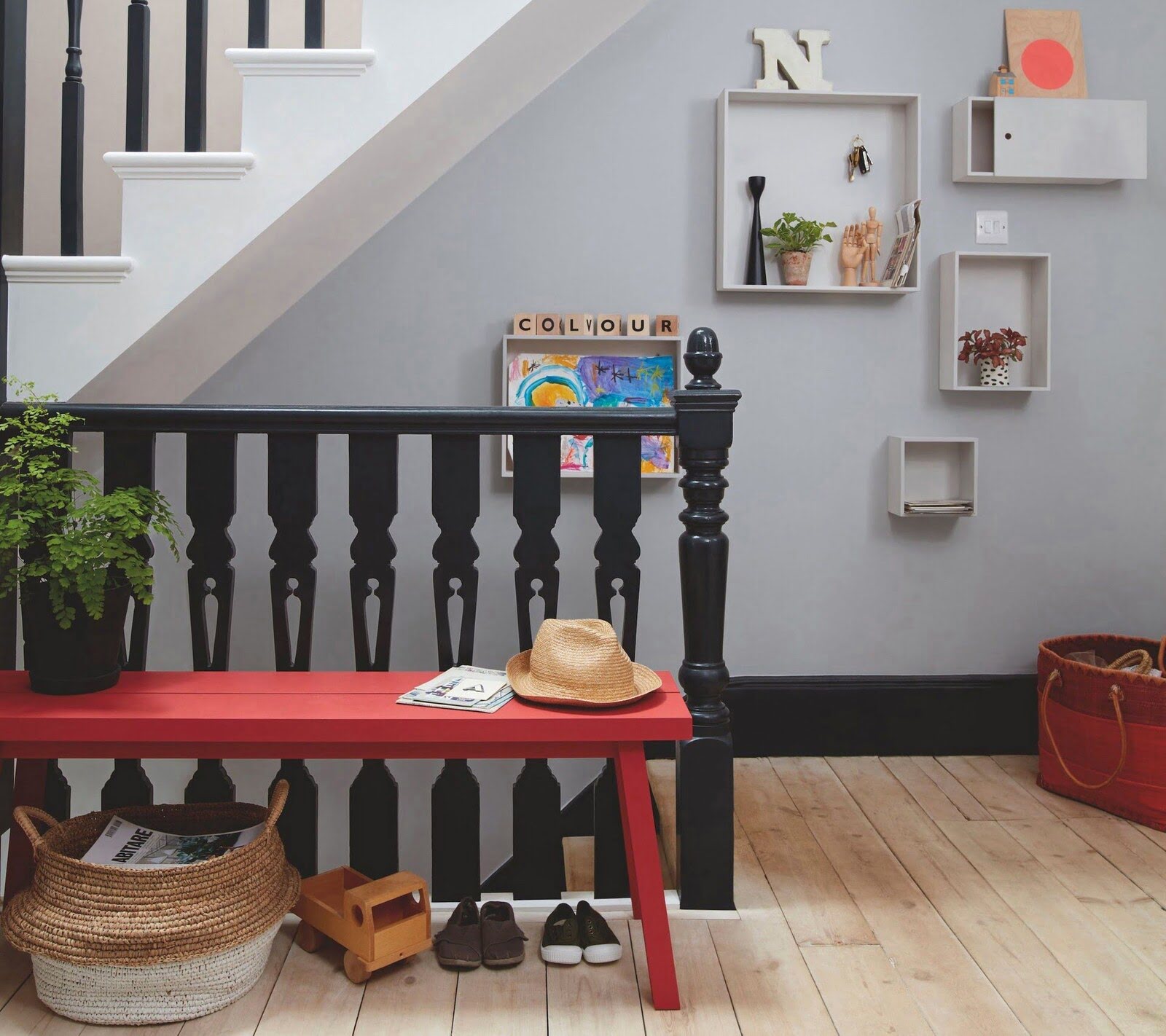

Interior Design
5 Colors To Avoid Painting A Landing, And How To Choose Well
Modified: December 7, 2023
Make smart choices for your interior design by avoiding these 5 colors when painting a landing. Discover the secrets to choosing the perfect palette for a stunning space.
(Many of the links in this article redirect to a specific reviewed product. Your purchase of these products through affiliate links helps to generate commission for Storables.com, at no extra cost. Learn more)
Introduction
When it comes to designing a landing page, color is an essential element that can significantly impact its overall effectiveness. The colors you choose can evoke emotions, convey your brand personality, and influence user behavior. However, not all colors are created equal when it comes to creating an engaging and visually appealing landing page.
In this article, we will explore five colors that you should avoid using on your landing page, along with tips on how to make better color choices. By avoiding these colors and opting for more strategic color selection, you can create a landing page that captures attention, promotes user engagement, and drives conversions.
So, let’s dive in and learn which colors to avoid and how to choose well for your landing page.
Key Takeaways:
- Avoid dark, overly vibrant, and clashing colors on your landing page. Opt for light, balanced, and harmonious color combinations to enhance readability, engagement, and conversions.
- Choose colors that align with your brand, convey the right emotions, and stand out for your call-to-action buttons. Test different color combinations to optimize user engagement and drive better results.
Read more: 5 Colors To Avoid In A Bathroom
Dark Colors to Avoid
Dark colors may seem sophisticated and trendy, but using them excessively on a landing page can have a negative impact on user experience. Dark backgrounds, fonts, and design elements can make the page feel heavy, gloomy, and difficult to read. This can lead to high bounce rates and visitors quickly leaving your site.
Instead of using dark colors, opt for light and bright colors that create a sense of openness and clarity. Light backgrounds with contrasting text can improve readability and make your content more accessible to users. Consider using neutral colors like whites, creams, or pastels, as they provide a clean and modern look to your landing page.
In addition, incorporating pops of vibrant colors in certain elements, such as buttons or headings, can add visual interest without overwhelming the page. This way, you can maintain a balanced and appealing color scheme while keeping the focus on your key messaging and call-to-action.
Remember, the goal of your landing page is to guide users towards taking a specific action, whether it’s making a purchase, signing up for a service, or downloading a resource. Using light and bright colors can help create a positive and inviting user experience, increasing the chances of conversions and achieving your desired goals.
Overly Vibrant Colors to Avoid
While vibrant colors can catch the eye, using them excessively on a landing page can create a chaotic and overwhelming visual experience. Overly vibrant colors can distract users from your main message and make it difficult for them to focus on the desired action you want them to take.
It’s essential to strike a balance between using vibrant colors to make certain elements stand out and maintaining a cohesive and harmonious color scheme. Instead of relying solely on vibrant colors, consider selecting more subdued and balanced colors for your landing page.
One strategy is to use a neutral or muted color palette as the foundation of your design, with pops of vibrant colors strategically placed to draw attention to important elements. This approach creates a visually pleasing contrast and ensures that the important information stands out without overwhelming the user.
For example, you can use a neutral background color and incorporate colorful accents for buttons, headlines, or icons. This allows you to maintain a professional and visually appealing landing page while still adding touches of vibrancy to highlight specific areas of interest.
Remember, you want your landing page to convey a sense of trust and professionalism, while also capturing attention and engaging users. By selecting more subdued and balanced colors, you can create a harmonious visual experience that promotes a positive perception of your brand and encourages users to take action.
Clashing Color Combinations to Avoid
Color harmony is a crucial aspect of landing page design. Using color combinations that clash can create visual chaos, make your page difficult to read, and create a negative user experience. It’s important to choose colors that work well together to create a cohesive and visually appealing design.
When selecting color combinations, consider the principles of color theory. Complementary colors, which are opposite each other on the color wheel, can create a vibrant and eye-catching effect. However, be cautious not to use them in equal proportions, as this can lead to excessive contrast and strain the eyes.
Analogous colors, which are adjacent to each other on the color wheel, create a more harmonious and soothing effect. This can be a safer option for a landing page design, as it provides a sense of cohesion and balance.
Another essential factor to consider when choosing color combinations is accessibility. Make sure that the colors you choose have enough contrast, especially between text and background, to ensure readability for users with visual impairments or those viewing your landing page on different devices.
Using color palette generators or online tools can help you find color combinations that work well together and create harmony. These tools can provide suggestions based on color theory principles or allow you to explore different options until you find the perfect combination.
By avoiding color combinations that clash and instead opting for harmonious and visually pleasing combinations, you can create a landing page that is both aesthetically pleasing and user-friendly. Remember, a visually cohesive design will enhance the overall user experience and promote engagement and conversions.
When painting a landing, avoid using dark colors that can make the space feel small and cramped. Also, steer clear of overly bright or bold colors that can be overwhelming. Instead, opt for neutral tones or light, airy colors to create a welcoming and spacious feel.
Distracting Background Colors to Avoid
The background color of your landing page plays a crucial role in enhancing content visibility and overall readability. Choosing a background color that is distracting or clashes with your content can have a negative impact on user engagement and comprehension.
It’s important to select a suitable background color that provides a visually pleasing backdrop for your content. One option is to choose a neutral background color, such as white, off-white, or light gray. These colors create a clean and minimalist look, allowing your text and visuals to stand out clearly.
If you prefer to add more visual interest to your landing page, consider using complementary background colors. Complementary colors are opposite each other on the color wheel and can create a harmonious balance when used together. For example, pairing a cool blue background color with warm orange or yellow accents can create a visually appealing contrast.
When it comes to background colors, it’s important to ensure that the text and other content elements have enough contrast to ensure readability. For example, avoid using light-colored text on a light background or dark-colored text on a dark background. Contrast is crucial for readability, especially for users with visual impairments.
Another factor to consider is the use of textures or patterns in the background. While these can add visual interest, make sure they do not overpower your content or make it difficult to read. The background should complement and enhance the overall design without distracting from the main message of your landing page.
By selecting neutral or complementary background colors that enhance content visibility, you can create a landing page that is visually appealing and user-friendly. Remember, the background color should support and highlight your content, making it easy for users to engage with and understand your message.
Confusing Call-to-Action Colors to Avoid
Call-to-action (CTA) buttons are arguably the most critical element on your landing page, as they guide users to take the desired action. Choosing the right color for your CTA buttons is vital to ensure they grab attention and entice users to click. However, there are certain colors that can confuse or discourage users from taking action, harming your conversion rates.
Colors to avoid for your CTA buttons are those that blend in too much with the surrounding elements or those that are associated with negative emotions. For example, using a color that is too similar to the background color can make the CTA button appear invisible or difficult to find. This can lead to missed opportunities for conversions.
Avoid using colors that may be associated with caution, such as dull grays or muddy browns. These colors can create a sense of hesitation or uncertainty in users’ minds, making them less likely to click the button. Instead, opt for bold and attention-grabbing colors that evoke positive emotions and prompt action.
Colors that are commonly associated with action and urgency, such as vibrant reds, oranges, or bright greens, can be effective choices for your CTA buttons. These colors create a sense of energy and excitement, encouraging users to take that next step.
Keep in mind that while an eye-catching color for your CTA button is important, it should still be in harmony with the overall color scheme of your landing page. The button should stand out without clashing with the surrounding elements or overwhelming the design.
Lastly, consider conducting A/B testing to see which colors resonate best with your target audience. By testing different colors and analyzing the click-through rates, you can gather valuable data and insights to make informed decisions about your CTA button colors.
Remember, the goal is to make your CTA buttons clear, compelling, and visually distinct to encourage user action. By avoiding confusing colors and selecting attention-grabbing ones, you can optimize your landing page for conversions and drive better results.
How to Choose Well
Choosing the right colors for your landing page can greatly enhance its overall aesthetic appeal and functionality. Here are some general guidelines and tips to help you make informed color choices:
1. Understand your brand: Consider your brand identity, values, and target audience when selecting colors. Align the color palette with your brand personality and ensure it resonates with your target demographic.
2. Research color meanings: Colors evoke specific emotions and associations. Research color psychology to understand the impact different colors can have on your audience. For example, blue can represent trust and reliability, while yellow can signify optimism and energy.
3. Consider the message: Determine the main message or goal of your landing page. Choose colors that support and reinforce that message. For instance, if you want to convey a sense of calm and tranquility, consider using cool and muted colors.
4. Utilize color theory principles: Understand the basics of color theory, such as complementary and analogous color schemes. Use these principles to create harmonious and visually appealing color combinations.
5. Test color combinations: Experiment with different color combinations to find the most effective ones for your landing page. Conduct A/B testing to compare the performance of different color variations and make data-driven decisions.
6. Ensure readability: Prioritize the readability of your content by ensuring sufficient contrast between text and background colors. Test different color combinations to ensure readability for all users, including those with visual impairments.
7. Maintain consistency: Use a consistent color scheme throughout your landing page to create a cohesive and professional design. Consistency helps users navigate the page easily and fosters trust and familiarity.
8. Reflect your industry: Consider industry norms and expectations when selecting colors. Certain industries may have established color associations. While it’s good to stand out, staying within the general color palette can help users quickly understand your industry or niche.
By following these general guidelines and conducting thorough color research, you can select colors that not only enhance the visual appeal of your landing page but also evoke the desired emotions and encourage user engagement. Color plays a significant role in shaping the user experience, so approach color selection thoughtfully and strategically.
Conclusion
Designing a landing page involves numerous factors, and color selection plays a vital role in creating an engaging and effective user experience. By avoiding certain colors and making strategic color choices, you can significantly improve the overall impact of your landing page.
Dark colors should be used sparingly since they can make the page feel heavy and difficult to read. Opt for light and bright colors that create a sense of openness and clarity, ensuring that your content is easily readable and accessible to your audience.
Overly vibrant colors can create visual chaos and distract users from your main message. Select more subdued and balanced colors, incorporating pops of vibrant colors strategically to draw attention to important elements without overwhelming the page.
Clashing color combinations should be avoided as they can create confusion and negative visual experiences. Choose color combinations that create harmony and balance, considering color theory principles and accessibility guidelines to ensure a cohesive and user-friendly design.
Background colors should enhance content visibility and readability. Select neutral or complementary background colors that provide a visually pleasing backdrop and make your content stand out, without overwhelming or distracting from the main message.
Clear and attention-grabbing call-to-action buttons are crucial for driving conversions. Avoid confusing colors and select colors that evoke positive emotions, align with your brand, and stand out from the surrounding elements. Conduct A/B testing to find the most effective color choices.
When choosing colors for your landing page, consider your brand, target audience, and the overall message you want to convey. Utilize color research, color psychology, and color theory principles to guide your decisions. Conduct testing to gather data and insights, ensuring that your color choices are optimized for engagement and conversions.
In conclusion, selecting the right colors for your landing page is a powerful way to capture attention, convey your brand identity, and encourage user interaction. By avoiding colors that hinder readability, cause distractions, or confuse users, and by making well-informed color choices, you can create a visually appealing and effective landing page that drives results.
Frequently Asked Questions about 5 Colors To Avoid Painting A Landing, And How To Choose Well
Was this page helpful?
At Storables.com, we guarantee accurate and reliable information. Our content, validated by Expert Board Contributors, is crafted following stringent Editorial Policies. We're committed to providing you with well-researched, expert-backed insights for all your informational needs.


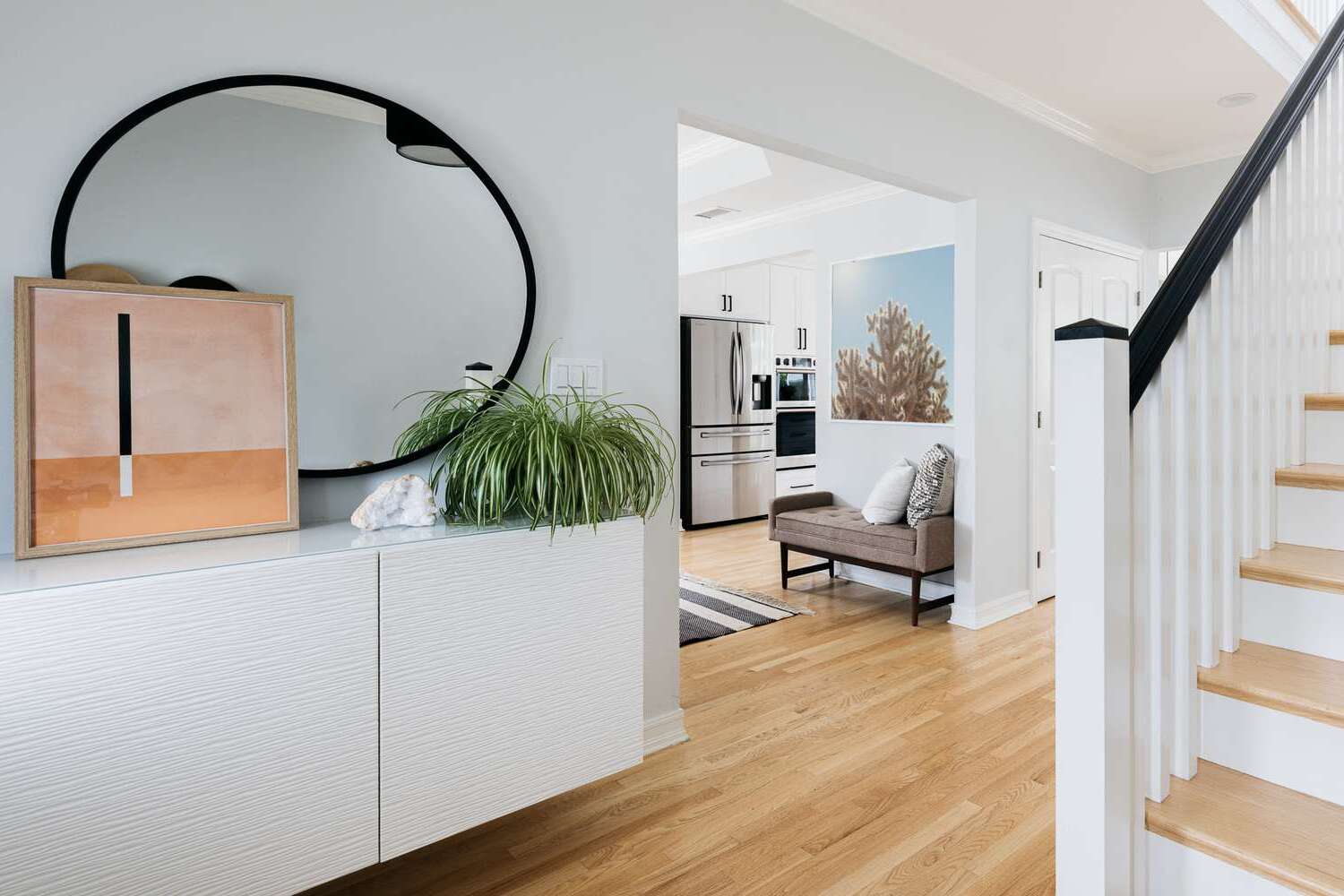
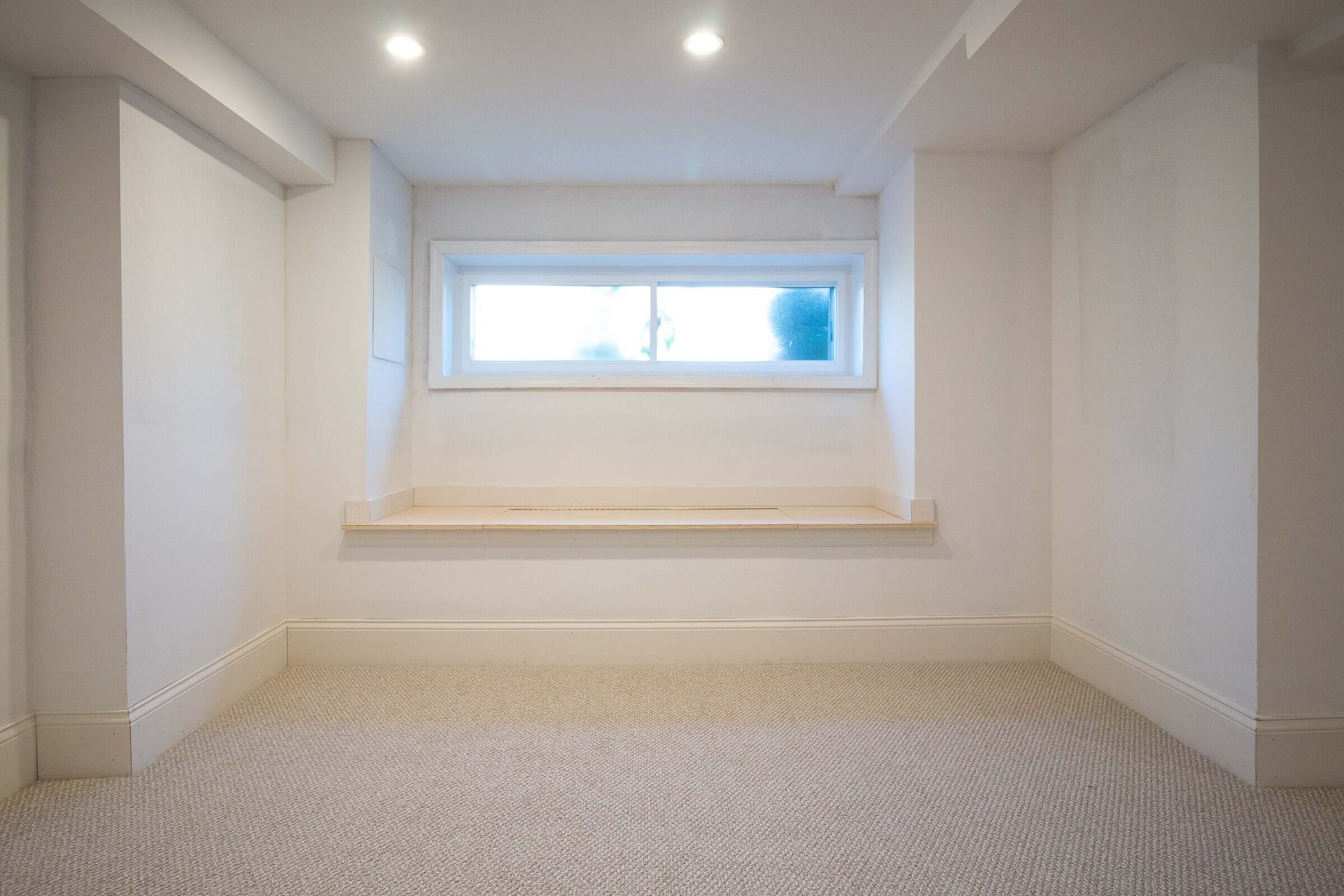

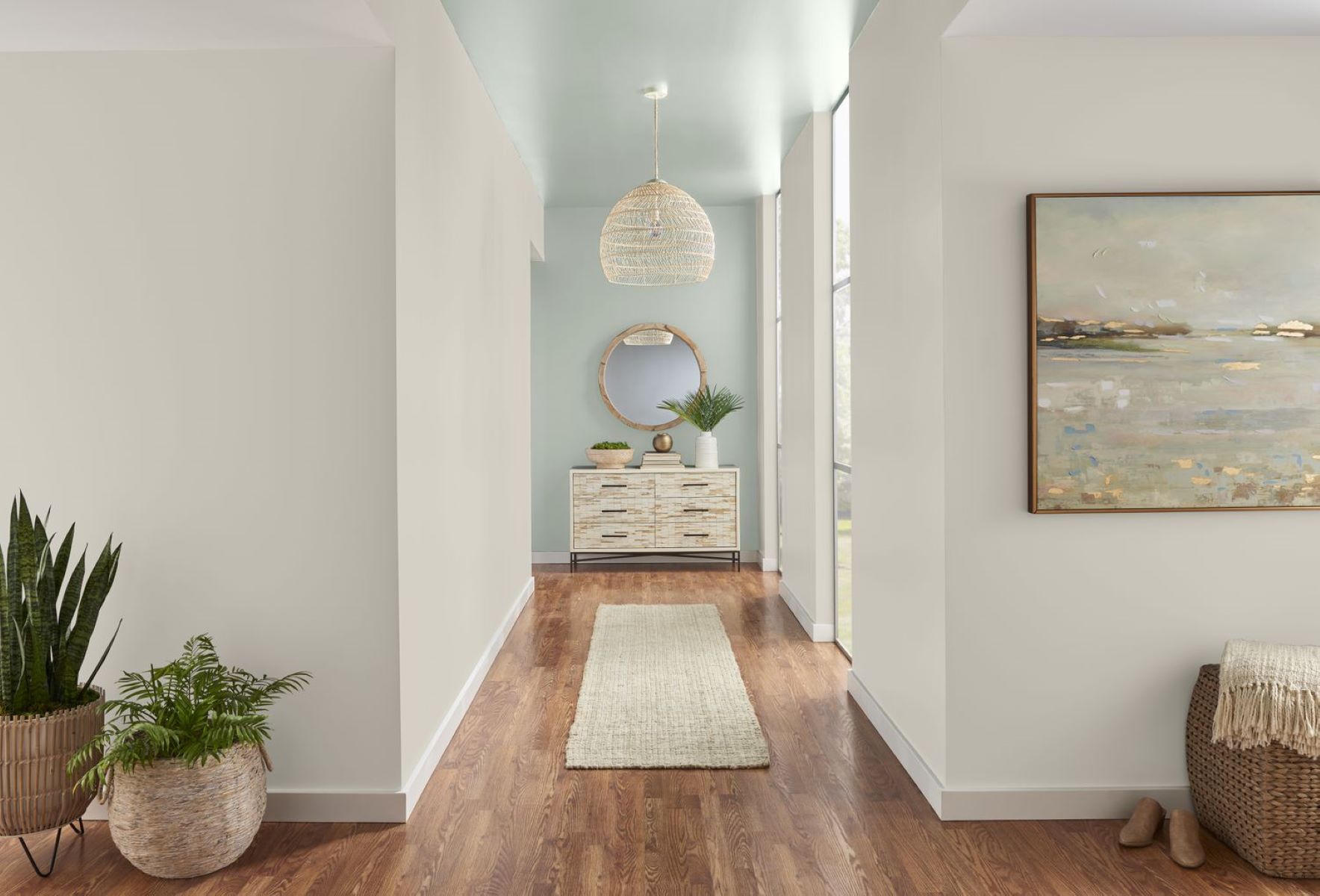
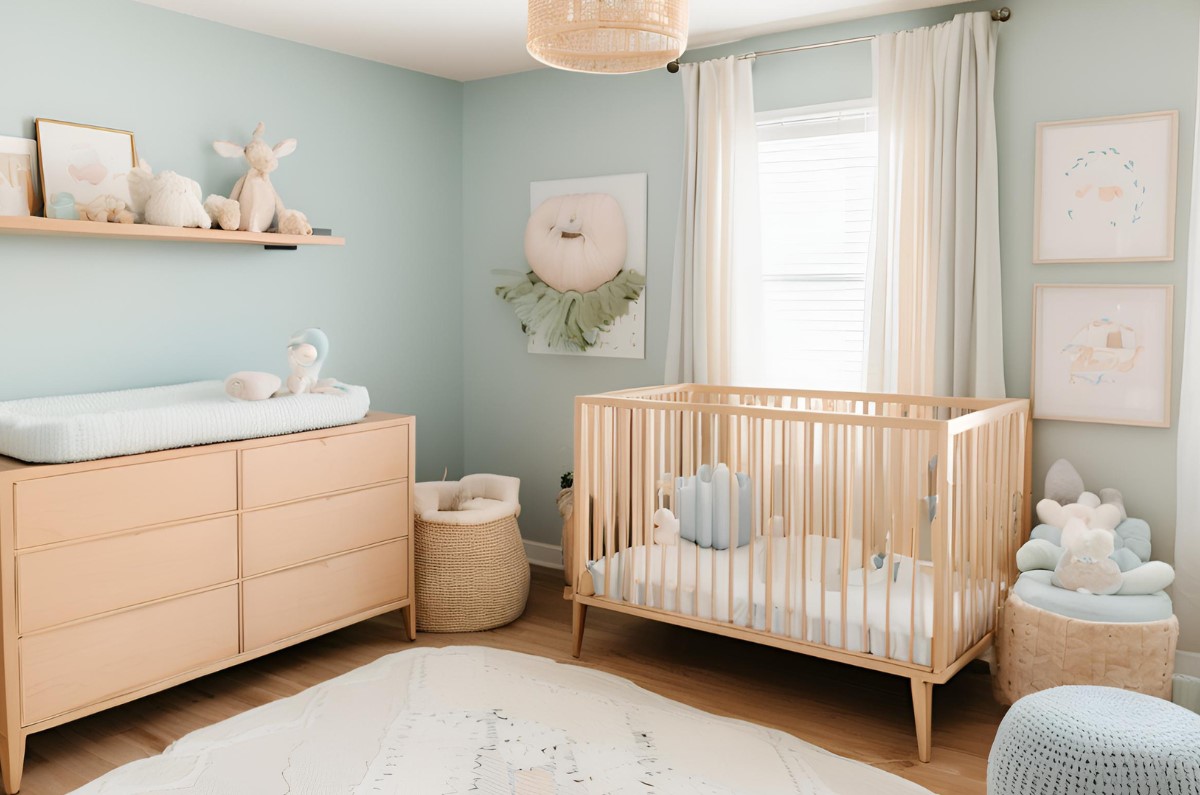
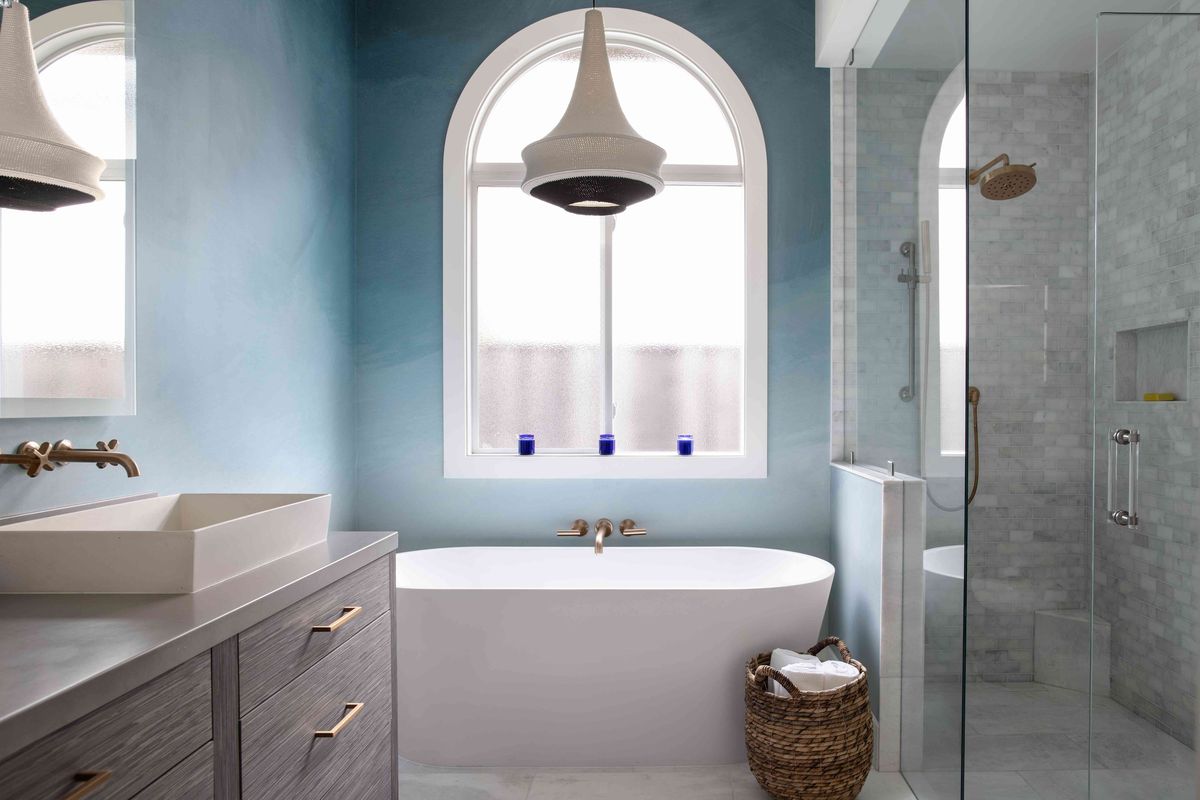
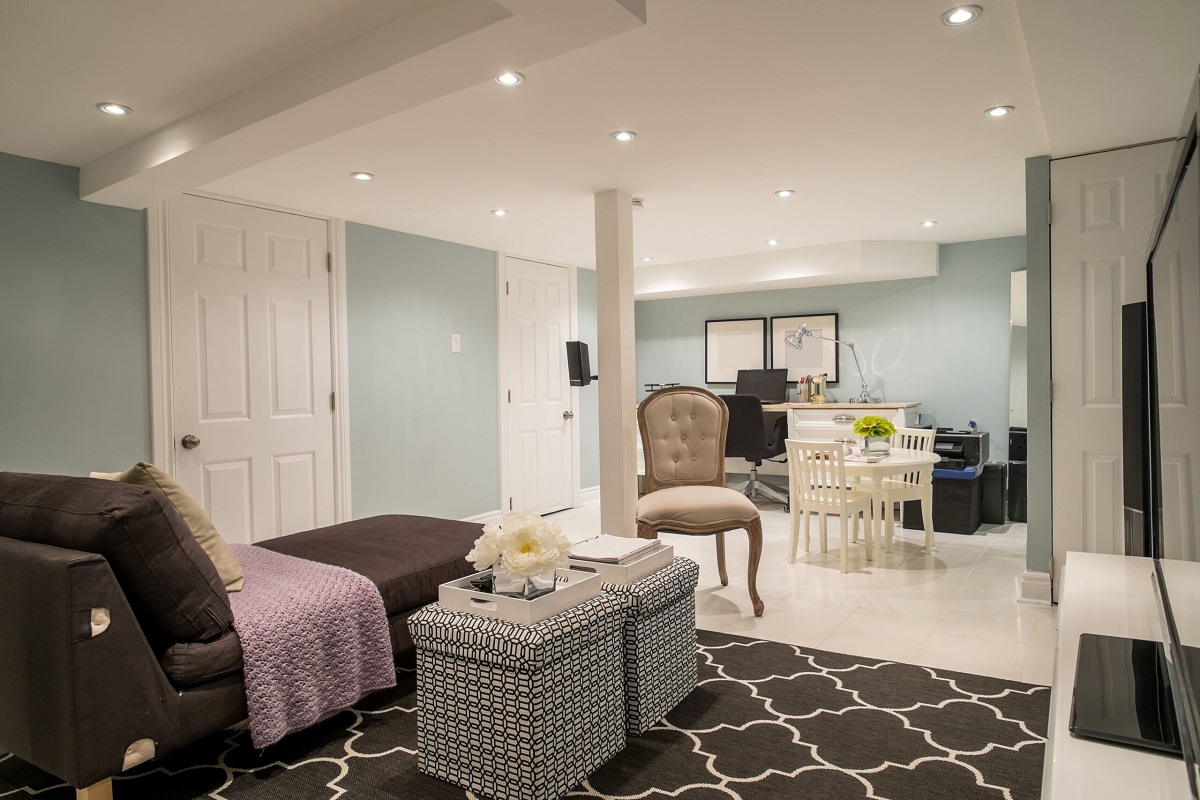
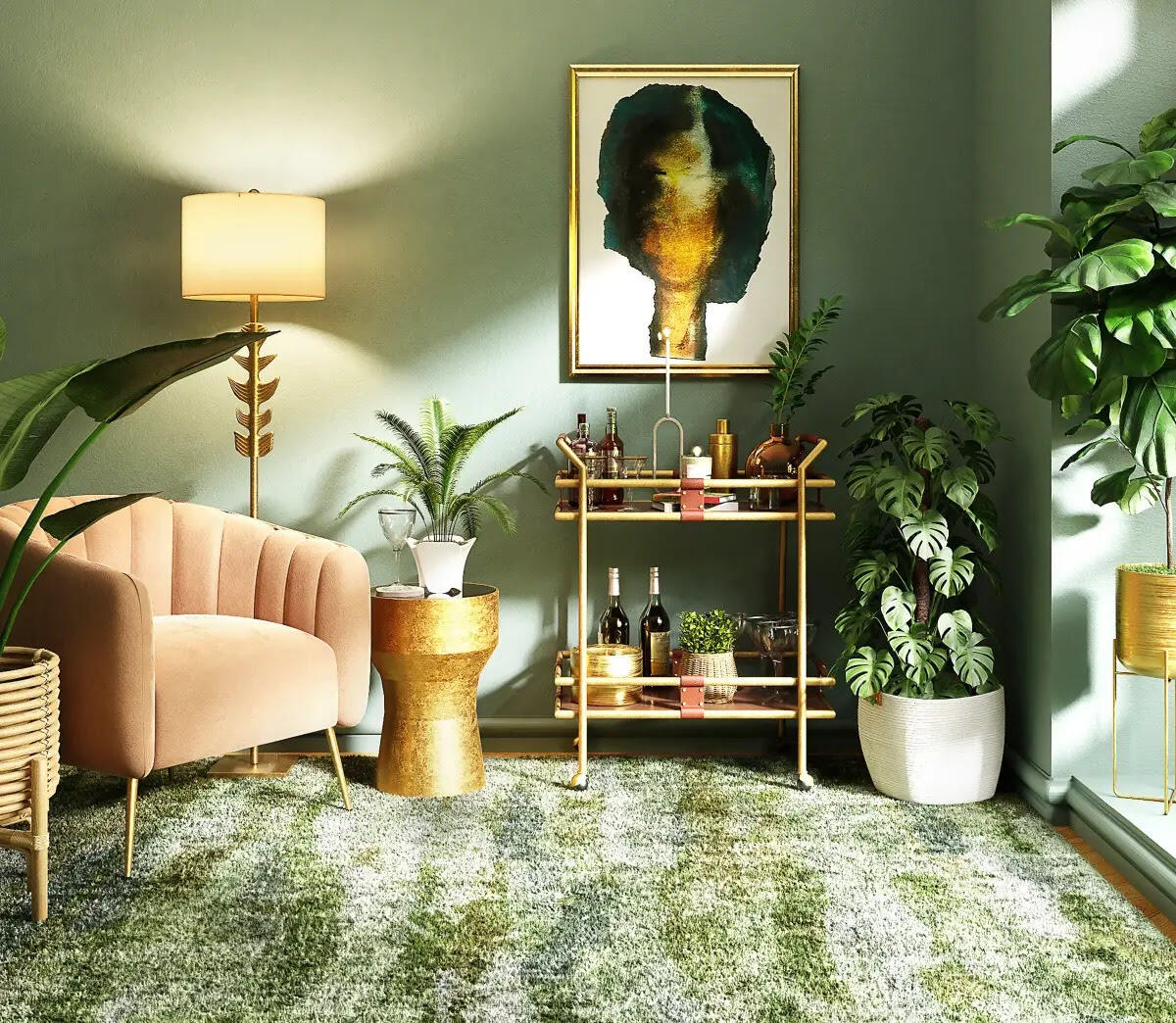
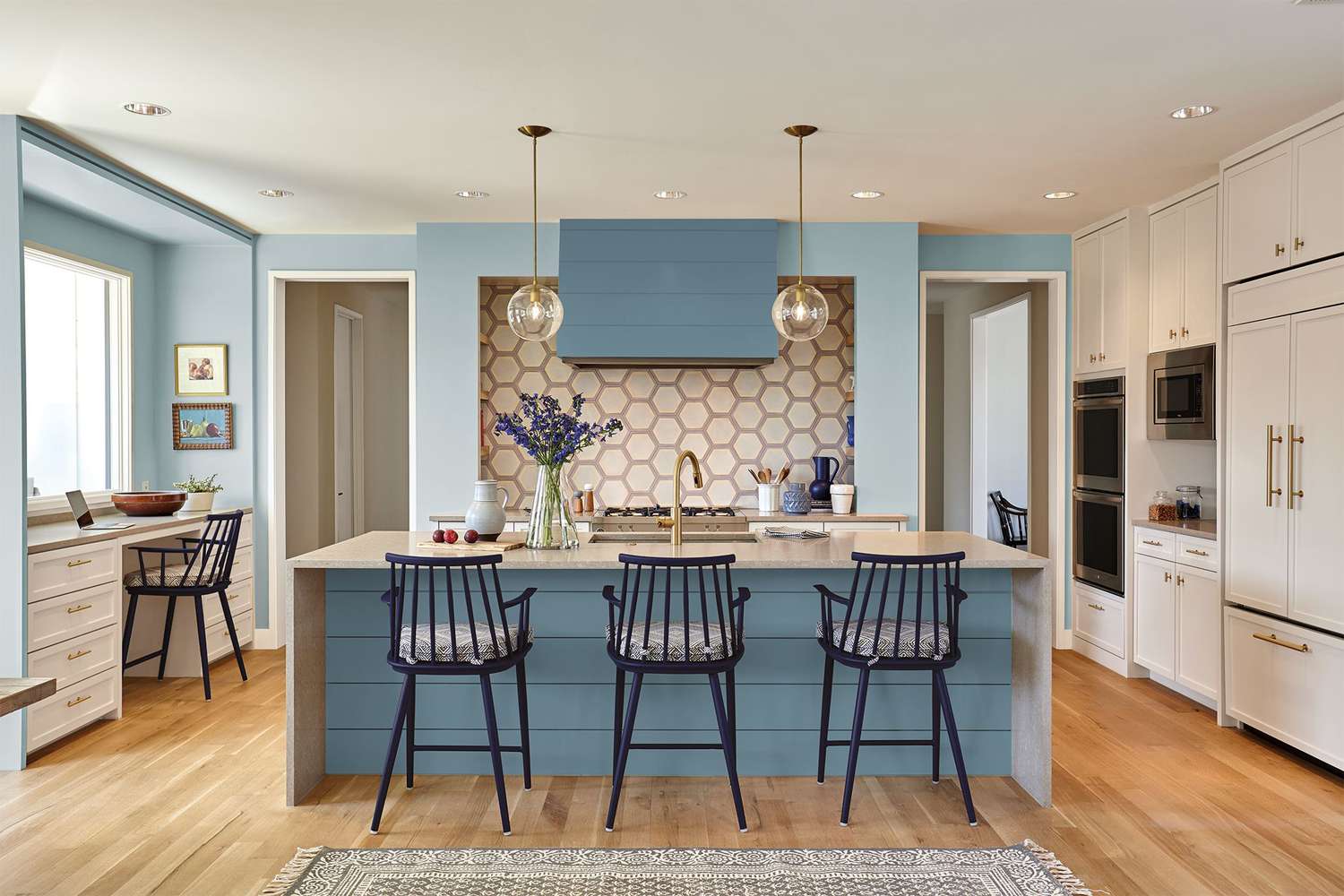

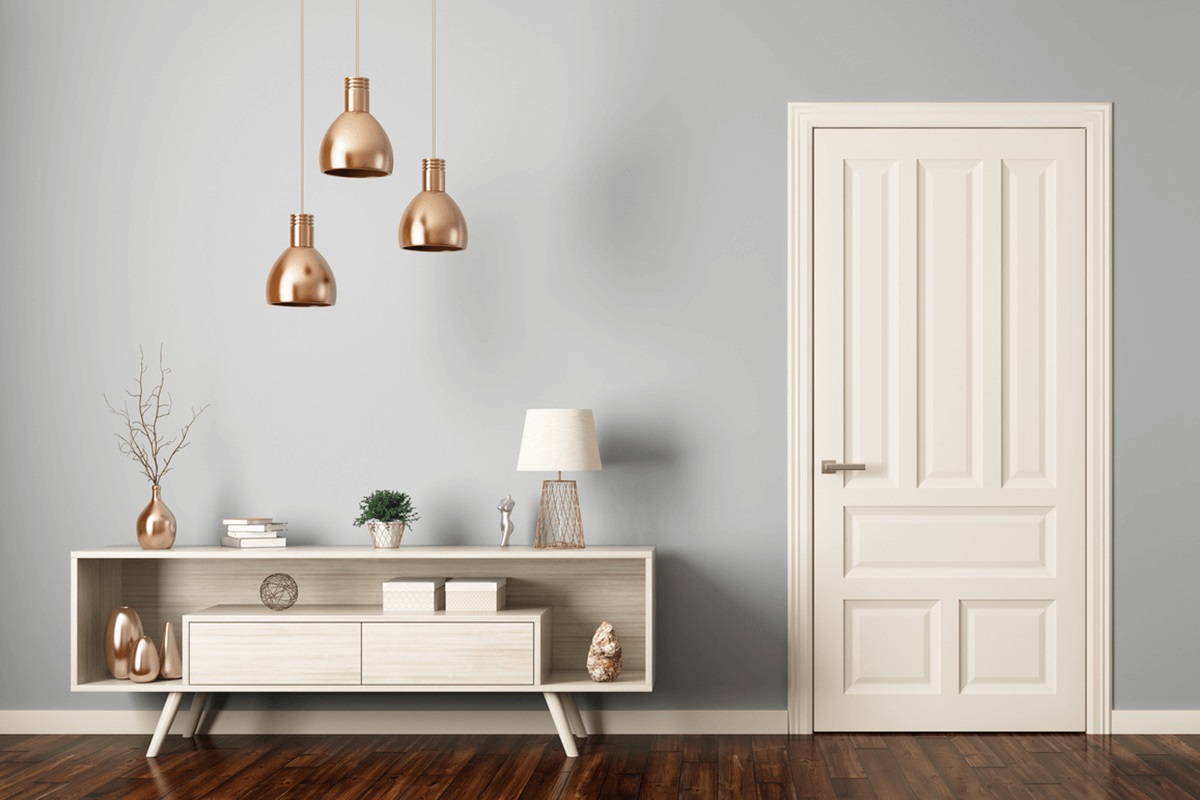
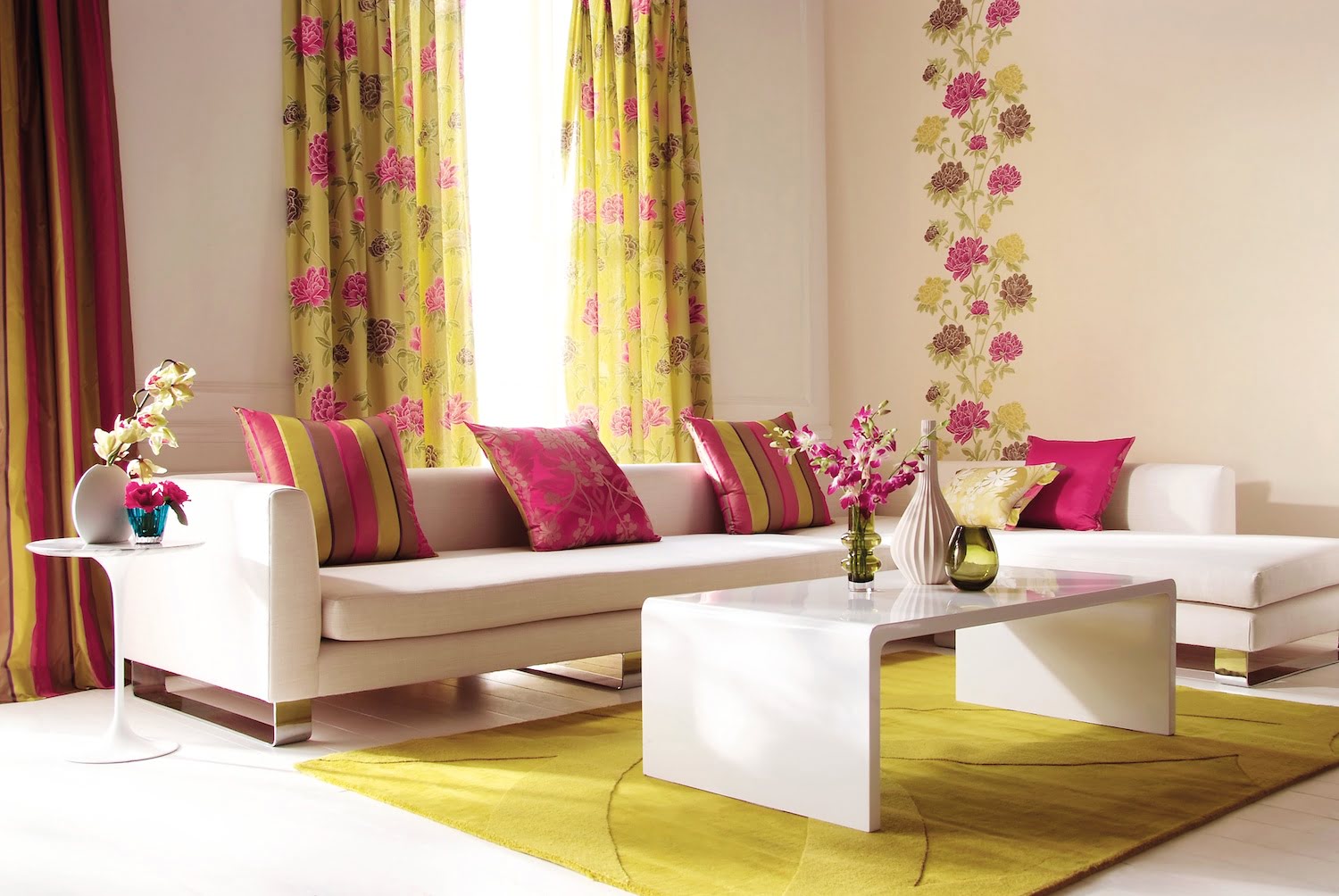

0 thoughts on “5 Colors To Avoid Painting A Landing, And How To Choose Well”